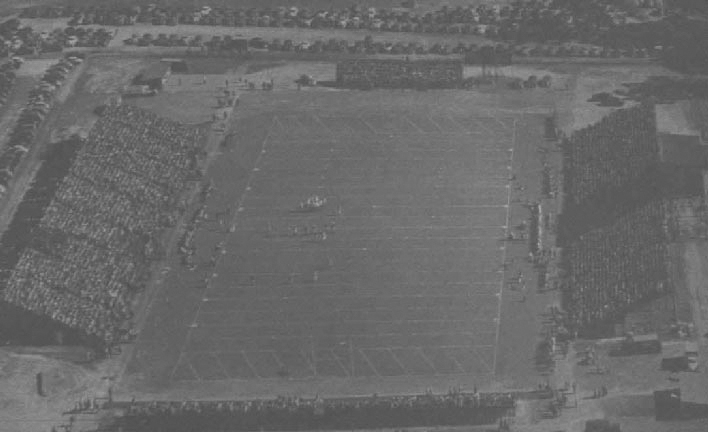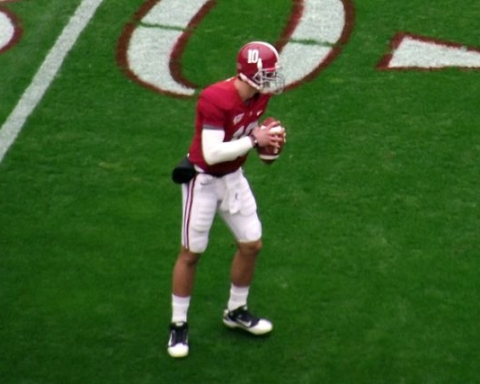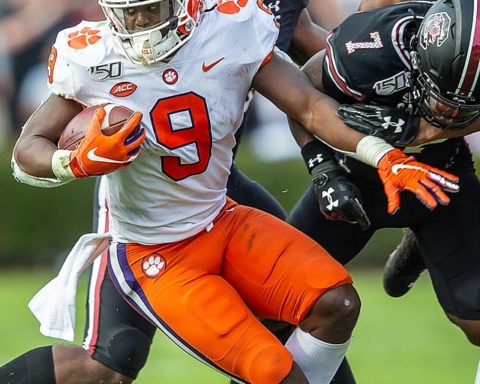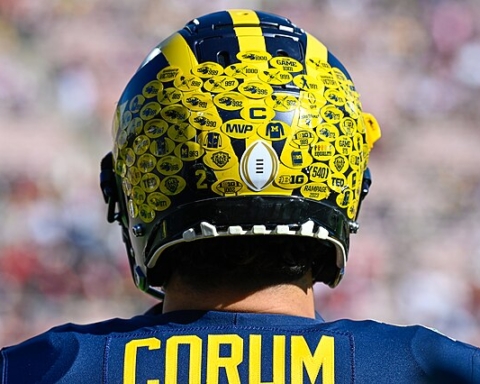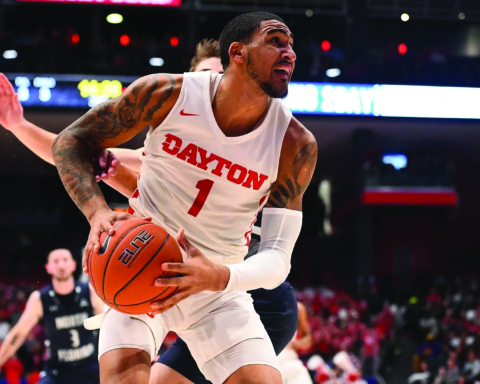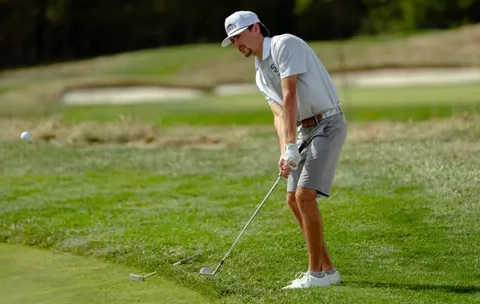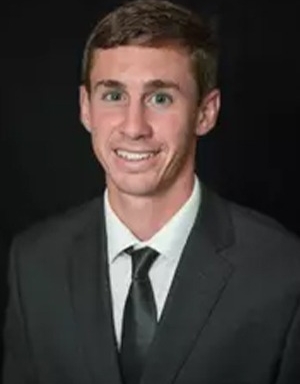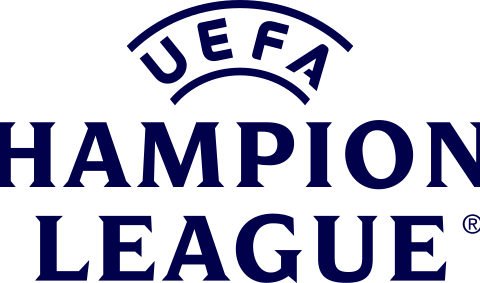By Tyler Smith, Sports Assignment Editor
If there is any element that could further the already vibrant school spirit at St. Bonaventure University, it would be a football program. Whether it be Division I or even Division III, due to the small school population, the Bonnies’ faithful would flock to the field in droves on a cool fall Saturday morning. Watching the careful and slow return of college football has me wondering what a team would look like here. We’re talking about a university populated by a majority of Buffalo Bills fans. Do a little math and imagine how a Bona’s football squad might be received.
This pigskin pipe dream was actually a reality at Bonaventure from 1895-1951. Not exactly the glory years on the gridiron relative to modern times but a competitive culture of football was present nonetheless.
The Bonaventure football team, like many other programs, had just been introduced to American football in its infancy. Although it was a new sport, Bonaventure compiled undefeated seasons in 1906 and 1909 with the former squad’s opponents unable to capture a single first down.
The team competed as an Independent until 1926, when it joined Canisius College and Niagara University in the formation of the Little Three Conference. Four years later, the university hired one of its all-time beloved coaches in Mike Reilly, winning four conference championships during his tenure. Reilly’s teams went .500 or better in seven of his 12 seasons as head coach. During the team’s 1939 season, an Oct. 7 game at Manhattan College became the second televised football game in history, broadcasting to the metropolitan New York area. The school, then St. Bonaventure College, halted football operations following the 1942 season due to the country’s involvement in World War II. While the casualties of war and events during those years were devastating, this restart of sorts was a blessing in disguise for the Bonaventure football team. Former Providence and Notre Dame head coach Hugh Devore agreed to coach the squad on February 13, 1946.
Even though Devore only coached for four seasons at Bonaventure, he ushered in a winning culture that saw him win two Little Three Conference championships and achieve the highest winning percentage in the program’s history at .735, with a record of 25-9-1. The high-profile play caller brought a sort of prestige to the university that persuaded then-president Fr. Thomas Plassmann constructed Forness Stadium, an on-campus football field that held 12,000 spectators.
Devore used his recruiting prowess to bring in future NFL Hall of Famer Jack Butler, who played nine seasons with the Pittsburgh Steelers. At the time, Butler finished his career with the second-most career interceptions in NFL history and was named NFL Defensive Back of the Decade for the 1950s. Coach Devore’s high-powered offense also included Phil Colella, a speedy halfback brought to Olean from Notre Dame. Multiple winning seasons and rising enrollment gave promise for the future of Bonaventure football, however Canisius and Niagara shut down their football operations in 1949 and 1950, respectively. 1950 also saw the resignation of coach Devore after disputes with the school’s newly appointed president and a realization that Bonaventure could not and would not provide the financial backing to support a successful Division I program.
Another notable Bonaventure football alumnus that Buffalo Bills fans might be familiar with is Ted Marchibroda. Marchibroda quarterbacked the final few Bona squads and translated his leadership and strategy into a prolific coaching career. After being selected fifth overall by the Steelers in 1953, Marchibroda played a short stint in Pittsburgh before joining the US Army, returning shortly after to play the rest of his pro career. After his playing days, he bounced around different NFL franchises before landing his first head coaching gig with the Baltimore Colts in 1975. Perhaps his most notable coaching tenure came in nearby Buffalo as quarterbacks’ coach and offensive coordinator from 1989-91. Marchibroda was very influential in the advancement of the “no-huddle” or “hurry-up” offense, where the offense skips the huddle and calls plays at the line of scrimmage, leaving defenses with little time to set up or adjust. The combination of Marchibroda and Hall of Fame quarterback Jim Kelly led the Bills to their first Super Bowl appearance in 1991. Marchibroda was also responsible for the drafting of Ray Lewis and the first NFL hiring of Bill Belichick.
St. Bonaventure’s final football season came in 1951 under head coach Joe Bach, finishing with a 5-4 record. The Bonaventure Football Team, led by Marchibroda, won its last appearance against St. Vincent College 28-13 and remained undefeated since 1951.

